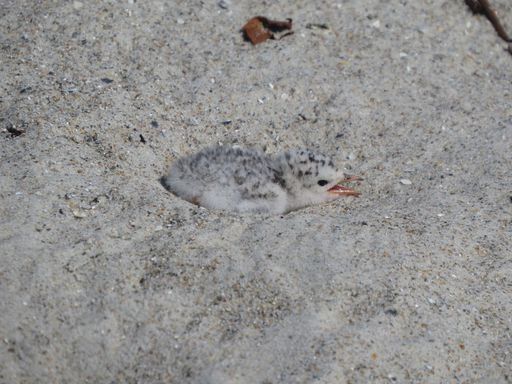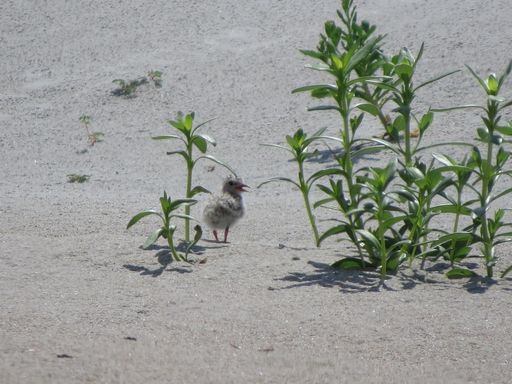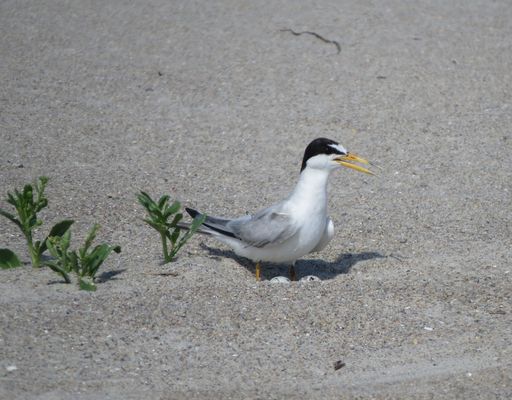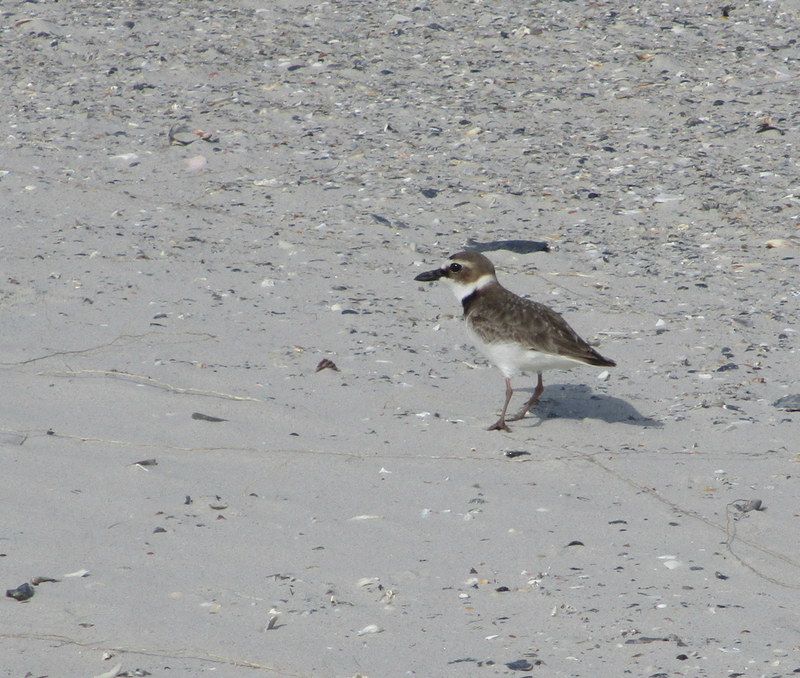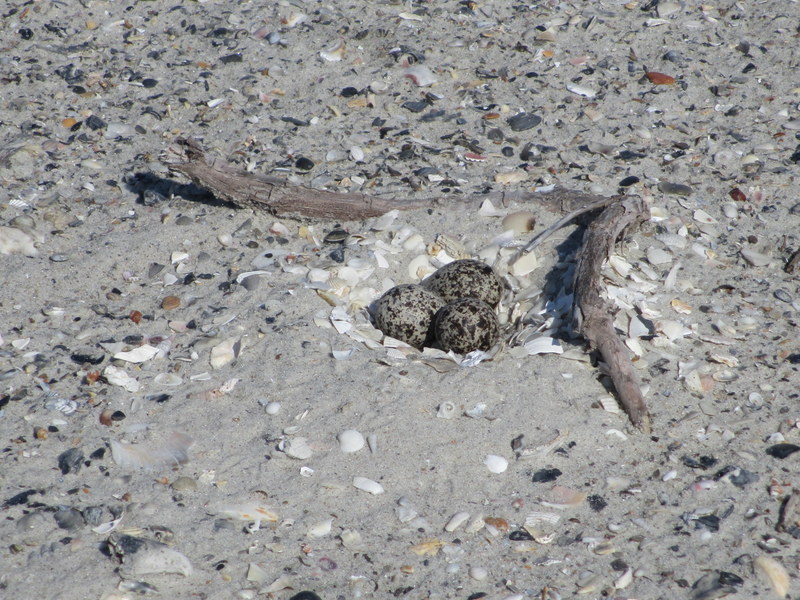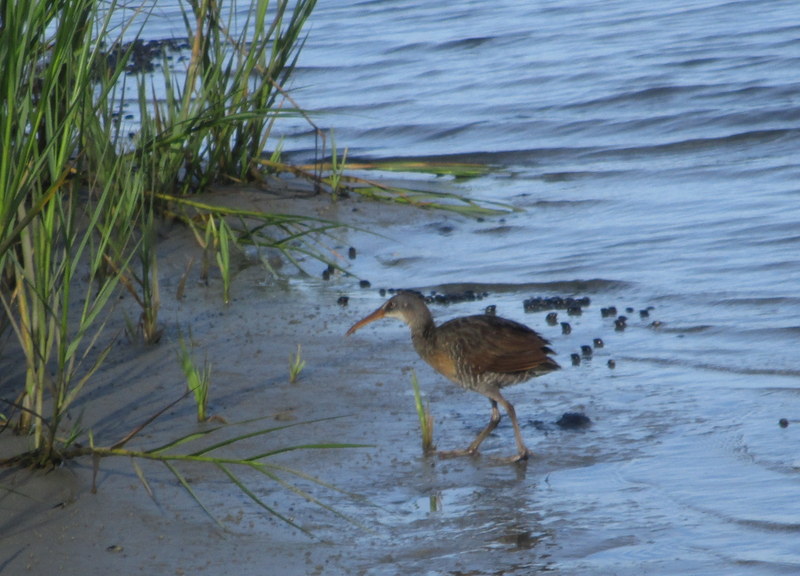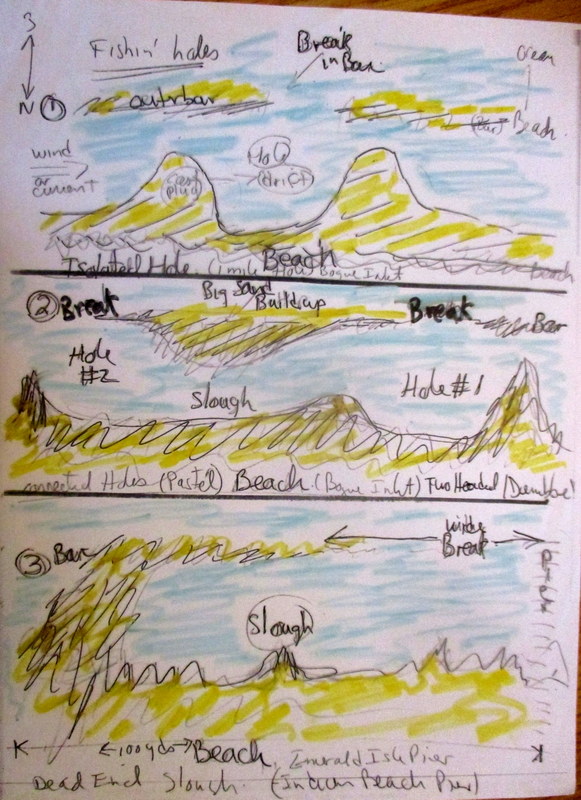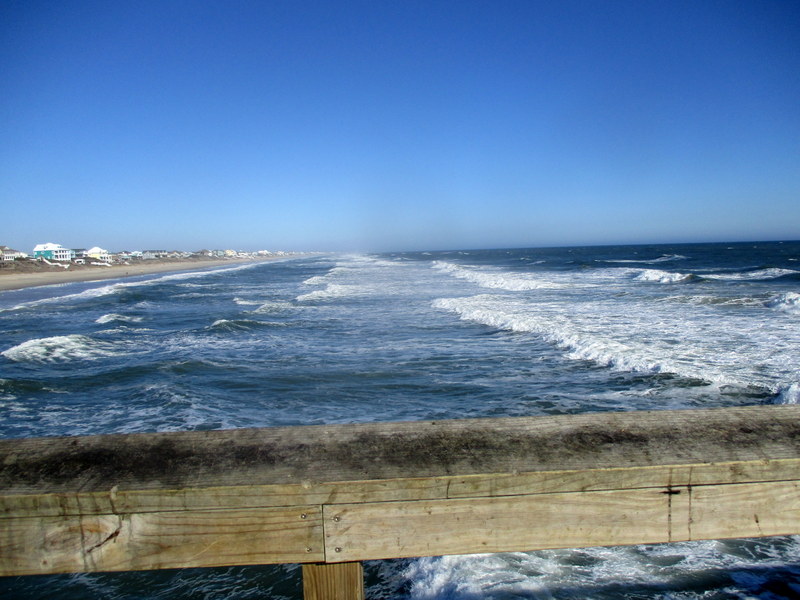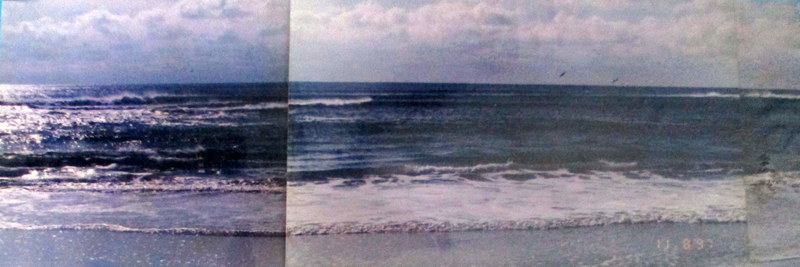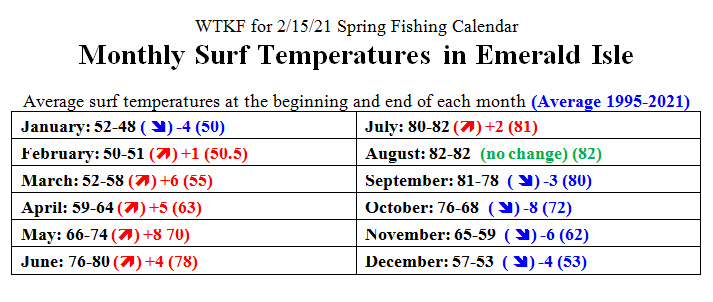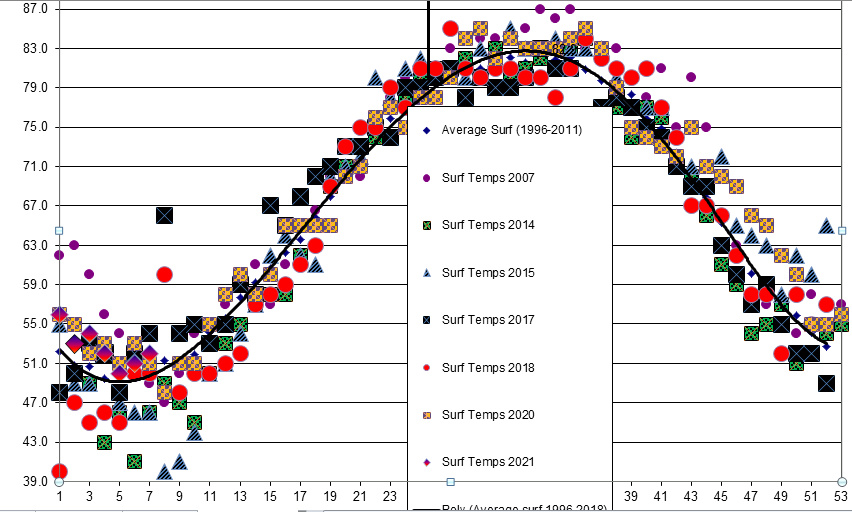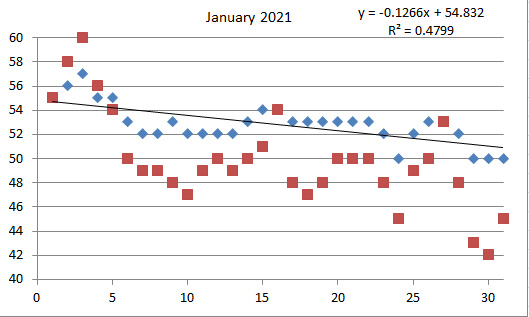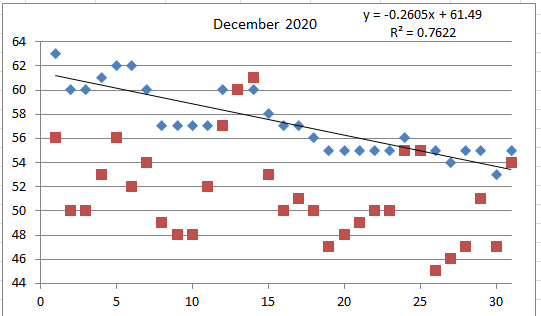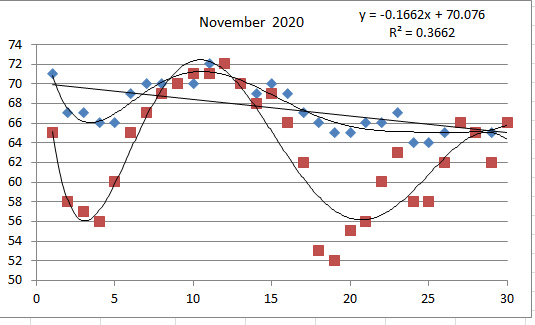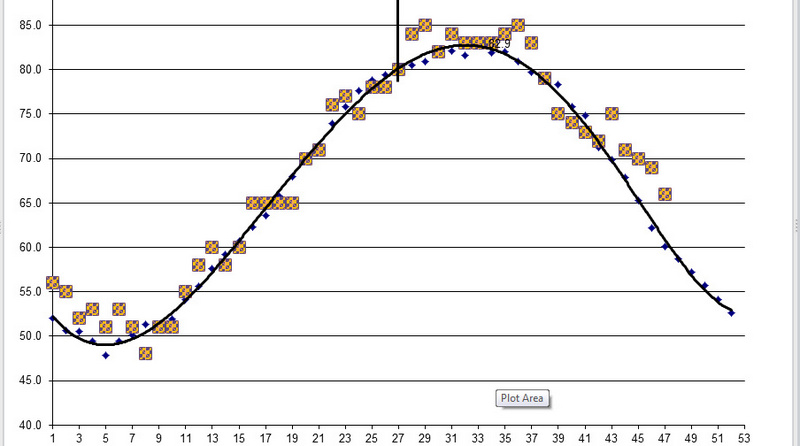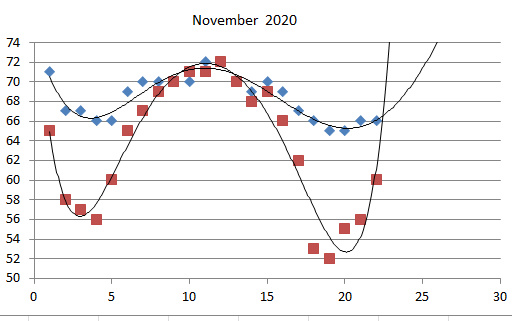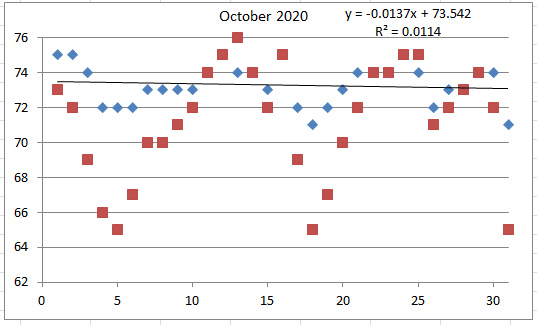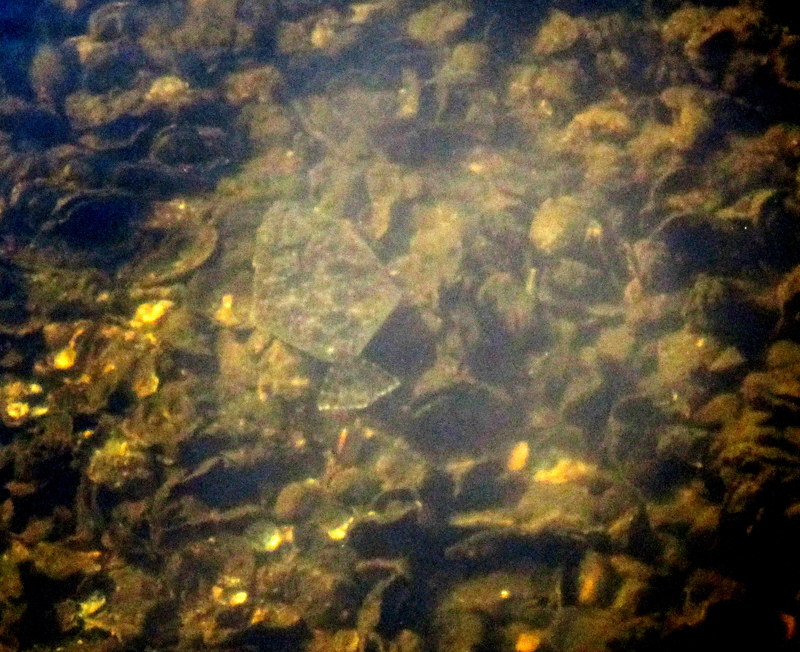Shorebird Nesting Area/Program at the Point in Emerald Isle (WTKF 107.1 FM, Radio Interview of Ed Phillips, 1/18/21) by Dr.Bogus, Ed Phillips and Mike McHugh
Dr. Bogus: My many days wandering down at the EI Point fishing I bumped into somebody named Ed Phillips riding his bike up and down the street, crossing over the dunes. He’s part of the shorebird nesting program. Good morning Ed. Give people a brief history of your background, then we’ll talk about the bird nesting program which has its ups and downs in Emerald Isle.
Ed Phillips: I retired from the Navy active duty for 28, then I worked for the Federals and moved down here full time in 2016. I’ve been an avid birder since the last 10-years. I’ve been a birder for 40-years.
Dr. Bogus: You can see my hat, it’s a Chilean Ornithological Society hat from my daughter who lives in Chile.
Ed Phillips: So anyway, once I retired, I had a lot more time and I go down to the point. I was in northern Virginia, northern Delaware and there’s not a lot of shore birds. So I’d been really working the point trying to sort them out and one day I was down there a lady came up and said: “do you see any least terns?” And I said I think there is a few over there. Well it turns out that they had a program to put up some enclosures to protect the nesting birds and I just kind of volunteered for that.
Dr. Bogus: There are a lot of protected bird nesting areas on the Outer Banks and Ocracoke and down here. The one at Emerald Isle is interesting because after Bertha and Fran…there was no point and I remember for years the birds were nesting the roof of the Emerald Plantation Shopping Center.
Ed Phillips: They still do to somewhat, and that’s kind of universal, that’s not unique here to this area. We see them nesting every summer up on the Food Lion.
Dr. Bogus: They got the stones up there; it’s probably a nice safe nesting area too.
Ed Phillips: Well yes and no. It’s safe from most predators; they also nest up on the Best Buy right here in Morehead. What would happen is that they nest up there because it’s very similar to their habitat on the beach, there’s a lot of gravel and all that, but there no shade, whenever a thunderstorm comes through it typically destroys the nest with any high winds. So we’ve had very little success.
Dr. Bogus: One of the things that happened 2005, we remember the big event in Emerald Isle when they moved the Inlet. And people think what happened after that was that they pumped a lot of sand on the beach, which they didn’t! That whole point just accreted naturally, almost all of it is just natural accretion there, and it rebuilt the point. Now that point is back to probably what is was before that…I measured one day about 1/3rd of a mile between the ramp and the inlet, and not only is there sand there but there is vegetation, nice dunes.
Ed Phillips: Nice dunes good vegetation.
Dr. Bogus: So the shore bird nesting program, describe that, is it a local program or something with Marine Fisheries or how does this work?
Ed Phillips: It’s actually set up and coordinated by North Carolina Wildlife Resources Commission. They are the ones that have the over-all authority for putting up the enclosure and monitoring the birds. What they did was in 2004 they entered into an agreement with the town of Emerald Isle. So we’ve got, we’re looking at the engineering plans here, when they do migrate this channel a little further west towards the center, we know there’s going to be some accretion and we know that this point is going to build. And there’s birds that had been nesting on a couple of islands out there…
Dr. Bogus: One we used to call Bird Island.
Ed Phillips: Right and those islands were basically removed inundated when they did the dredging. The birds they’re smart and they relocated and started populating the point. Coincidental, what happened, it was kind of funny, there was a grade school girl who happened to be walking along the point and she noticed the nesting birds, she told a guy who told a guy who was running a conservation program out of a church up in New Bern. So he kinda got set up the “Shorebird Stewards” in 2015, so that’s how that came about.
Dr. Bogus: There is a lot of area, a lot of sand at the point now, and there is a fairly big area that is cordoned off for the bird nesting, how is that selected and do you know how much of the area is for bird nesting?
Ed Phillips: Right, I do. The agreement with the town of Emerald Isle, who has been extremely supportive as has the Emerald Isle police and actually the residents and the visitors. When we interact with them they have no clue what we are doing, but once we point out the little nesting birds and why they are doing what they are doing…I’ve talked to probably 100 people and they are all, without exception interested, excited and grateful. So what we do is, the agreement they entered into with the town is from the dune grass-line down to the high tide line, they can fence no more than 70%. They have to leave 30% available for public access at a minimum. They can get greater than 30%, that’s good. What they look at generally is the habitat, where do you think these birds will nest? The way they nest is…
Dr. Bogus: It’s hardly a nest!
Ed Phillips: If you took your heel and just tapped it on the soft sand, that’s their nest! And they lay 1 or 2 or 3-eggs in there and they sit on the eggs for 3-weeks, the chicks hatch and after about 3-weeks they fledge to the point where they can fly and fend for themselves. But they need about a 30-yard buffer.
Dr. Bogus: Actually they, there are two things about it, first the birds can’t read so they don’t know where the designated nesting area is, they’re illiterate, but also it’s set up in such a way you can still go own to the Coastguard Channel, there is a pathway there. And there is a pathway straight down to the inlet and there is plenty of room in front of it on the beach side for people who are swimming, beaching or fishing or whatever.
Ed Phillips: Right, and with the winter storms and everything and the movement of the sand, movement of the dunes and all that, they alter the enclosure every year. And it’s really two enclosures. If you come off that walkway that you come down, to the left of that is the largest enclosure, several acres that goes towards the ocean proper, and then to the right going up to that little sound area over where there is much more dunes (Dr. B: “towards the CG Channel”), that’s a separate area and we have different birds in that area.
Mike McHugh: Before we go to a break, I have a question. You mentioned earlier about predators for the birds. What are some of the common predators that you find on Emerald Isle?
Ed Phillips: The ones we are most concerned about actually are human beings, with the dogs not being on a leash, that’s the most, we don’t see very many feral cats, probably a raccoon or two occasionally it’s been reported a coyote. Some of the other predators are airborne, some of these large gulls.
Mike McHugh: Do the eggs get attacked the ghost crabs, they do that with turtle nests.
Ed Phillips: Yes, yes, that’s one I forgot, that’s a good one a big ghost crab. As a matter of fact these illiterate birds, I watched them last year and what they do…they are colonial nesters, safety in numbers much like ants and if they have a threat they lift off and go after the threat.
Dr. Bogus: They are very aggressive.
Ed Phillips: Yes they are, but we watched 3 or 4 of them, and they make themselves look bigger by raising their wings, they chased a ghost crab, and it was a good sized crab …they chased him right to the edge of the fence and then they sopped and went back to their business. Who says they can’t read!
Dr. Bogus: We’re not inundated by snow geese right now not like up in Delaware, you mentioned the…there are a number of different birds that nest in that area, the prime one is probably the least tern, those little bitty guys.
Ed Phillips: The least tern are amazing little birds, the smallest tern that we have in North America, they are very white, they have a bright yellow bill and they have a white forehead, it’s quite distinctive. And the way Pete Dunn puts it is they are always moving. Even their flight is fast, when they dip down to the water and get a fish they come up immediately and we have a lot of those. Last year I counted a 118…
Dr. Bogus: How do you do that? How do you count the birds?
Ed Phillips: I approach the area from the walkway and I have a little notebook and I make a rough sketch and then I walk 10, 20-yards and set up a scope and I start counting the ones that look to me are in a nesting posture and I just make tick marks and I go all the way around. Yah I’m going to double count some, I’m going to miss some and all that so…as most data after a while it averages out. So last year was very successful, I know that you noticed last year the enclosure was huge. It went much closer to the surf line than we normally do.
Dr. Bogus: There was still plenty of room, but it was noticeably closer to the surf line.
Ed Phillips: I think because of that and I think because of COVID and the lack of people at the beach, we had a really, really successful year. I counter 118 nesting pairs and I don’t know how many chicks, and then they all left pretty early like mid-July they were pretty much gone. Which means they had been successful.
Mike McHugh: Where do they go Ed?
Ed Phillips: South America, the northern coast, a little bit along Mexico and the Caribbean.
Mike McHugh: So what is their northern limit, if they are here nesting?
Ed Phillips: They go as far north as Maine.
Mike McHugh: So up and down along the Atlantic Coast…down to South America.
Ed Phillips: But they are fascinating little birds, they are colonial breeders, they are excellent parents, they lay 1 to 3-eggs, they take turns sitting on the eggs. When it gets hot, which it does pretty quickly here, they will actually fly out on the water, come back wet and sprinkle some water on the eggs to keep them from boiling. That’s another issue with the dogs, and with the people approaching the fence line too closely…the birds will lift off to go after you to scare you away. If you are there too long, like I’m sensitive to that when I’m with my scope, if I’m standing there too long, it doesn’t take but about 10, 12, 15-minutes for those eggs to actually cook and they are done! But they are aggressive and they are fun.
Mike McHugh: Do the adults mate for life?
Ed Phillips: Yes sir they do.
Mike McHugh: What is the life span typically for a tern in the wild?
Ed Phillips: I think the oldest they measured was 26 years, but that is probably an anomaly, I’d say in the 20-year range.
Mike McHugh: Boy they have some miles on their wings if they have lived over 2-decades and they are doing that back and forth down the coast, that’s amazing!
Dr. Bogus: There are a couple other kinds of birds nesting there.
Ed Phillips: The other species, the ones you’re going to see the most if you are a beach goer or fisherman down there is you ‘re going to see the least terns, they are beautiful, they are white and you‘ll see them out there when you are casting in the surf. They will fly out and they will hover right near you dive, get a fish and go back. Those are the least terns; we have several hundred of those there every year. Up on the other side the other enclosure the one that is closer to the Coast Guard Channel, There is a couple birds called the willet and we had 2-pairs of those nesting, which was kind of interesting. I did see a nesting of clapper rails. I’ve never seen this…
Dr. Bogus: Boy that’s unusual.
Ed Phillips: It really is. I was just standing there and I happened to look up and I saw 2-adults and two chicks! So that was a red letter day, and then the other one that we had was probably more important was a Wilson’s plover.
Dr. Bogus: Them I’ve seen there too.
Ed Phillips: That’s very similar to the killdeer that most of you have seen run around fields and in your yard, it’s a plover.
Dr. Bogus: They act similar too when they lie on the ground.
Ed Phillips: And their behavior is to get you away from their nest instead of bombing you like the least terns. They just run away and hope you‘re going to follow them. So those are the 4.
Mike McHugh: The clapper rails where are they more common.
Dr. Bogus: Oh they are common here you just don’t see them.
Ed Phillips: When you go out fishing in the inland waterway or out in the marsh you hear them ALL the time. Let me give a plug for the Shorebird Stewards. We are a volunteer group, we’re looking for people to join us, we have a Facebook page it’s called Beach Bird Stewards of Emerald Isle (https://www.facebook.com/Beach-Bird-Stewards-of-Emerald-Isle-225076011666468/). Come on down there and go for a walk!


